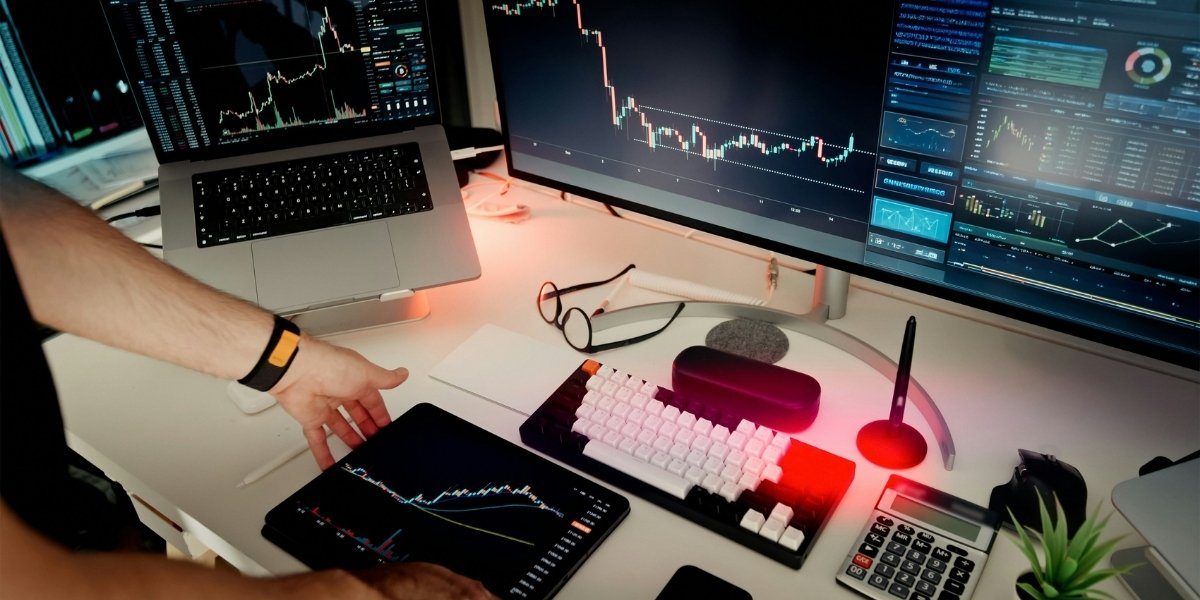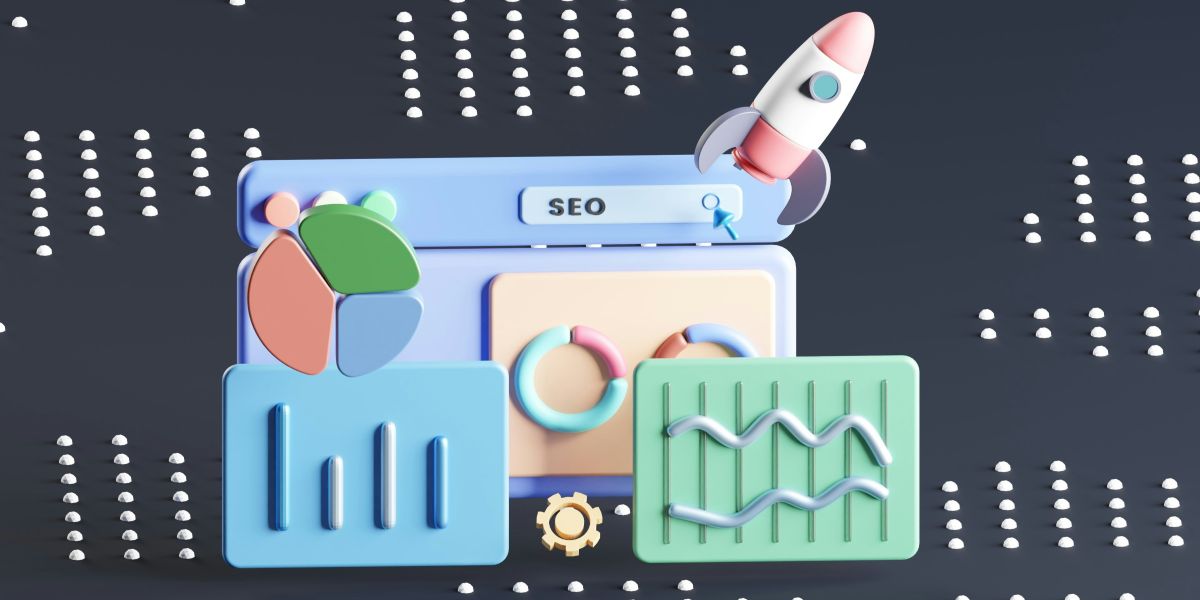How Does AI-Driven Economic Forecasting Improve Accuracy?
Economic forecasting has always played a central role in financial strategy. However, increasing volatility and data complexity have made traditional forecasting methods less reliable. As markets grow more unpredictable, the demand for more adaptive, accurate tools continues to rise. This is where AI-driven economic forecasting is making a measurable impact.
Read Also: Brick-and-Mortar Retail: Quiet Innovation Driving Change
Conventional forecasting tools rely on historical trends, linear models, and fixed assumptions. In stable periods, these methods can offer reasonable projections. But when global disruptions strike—such as supply chain interruptions, commodity price spikes, or inflationary shocks—traditional models falter. They’re often too slow to adjust or too narrow to capture real-time dynamics.
AI-driven economic forecasting addresses these limitations by analyzing a broader range of variables. Artificial intelligence does not depend solely on past data. It learns from it, adapts continuously, and recalibrates when new information becomes available.
What Makes AI-Driven Forecasting More Adaptive?
AI forecasting engines are designed to process vast datasets at unprecedented speeds. These systems extract insights from both structured sources—like GDP reports and labor statistics—and unstructured data, such as social sentiment, news cycles, and weather patterns.
Machine learning algorithms identify subtle correlations that human analysts or traditional models might miss. When unexpected variables enter the economic picture, these algorithms update their predictions in near real time. This flexibility allows organizations to respond faster and with greater confidence.
Uncertainty in economic forecasting is driven by information gaps and time lags. AI significantly shortens both. By automating data ingestion and interpretation, AI-driven economic forecasting provides earlier signals about emerging risks or opportunities.
For example, during fluctuating inflation periods, AI models can detect early signs of consumer behavior shifts and adjust inflation expectations accordingly. When commodity prices show abnormal movements, AI can cross-reference them with geopolitical developments or seasonal effects to create more informed projections.
Where Is AI Forecasting Already Delivering Results?
Various industries and public institutions are already leveraging AI in their forecasting practices. Financial services firms use it to model credit risks more dynamically. Logistics companies apply AI to forecast demand more precisely across regions and timelines. Central banks have begun to experiment with AI-enhanced tools to better understand economic cycles and policy outcomes.
In each case, the results are similar: reduced forecast errors, improved strategic alignment, and greater adaptability in volatile conditions.
Can AI Forecasting Improve Market Predictions Long-Term?
Over time, AI systems become more accurate as they learn from past performance. Unlike static models that require manual recalibration, machine learning tools improve autonomously. Each prediction, whether successful or not, contributes to model refinement.
Long-term improvements in AI-driven economic forecasting are already evident in sectors with high data fidelity, such as e-commerce and energy. The use of deep learning and natural language processing further enhances model quality by capturing nuanced, forward-looking signals from media, reports, and public sentiment.
While the benefits are clear, adoption is not without its challenges. Integrating AI into existing forecasting infrastructure requires investment in data quality, IT architecture, and staff training. Interpreting AI results can also present a learning curve, as outputs may not always follow traditional logic.
Still, organizations that invest in responsible AI adoption often see a significant return. Improved forecasts mean fewer missteps, better inventory control, smarter capital allocation, and greater resilience to economic shocks.
Why Does This Matter Now More Than Ever?
The global economy is evolving quickly. Policymakers, business leaders, and investors all require sharper tools to navigate rapid change. Inflation pressures, climate disruptions, and geopolitical tensions can now shift markets overnight. In this environment, static forecasts are not only ineffective—they can be risky.
AI-driven economic forecasting does not eliminate risk, but it makes that risk more visible and manageable. By anticipating scenarios before they unfold, AI provides clarity where once there was only reaction.
Not at all. AI supports analysts—it does not replace them. The most effective use of AI-driven economic forecasting occurs when human insight works alongside algorithmic power. Experts bring contextual judgment, ethical considerations, and domain knowledge that machines lack.
In fact, AI frees analysts to focus on interpreting strategy rather than crunching numbers. When used correctly, it amplifies human capability and allows for higher-level economic planning.
Read Also: The Power of Synergy: Why Effective Team Dynamics Drive Operational Success
What Does the Future Hold for AI in Forecasting?
As technology advances, more industries will turn to AI-driven economic forecasting as a foundational decision-making tool. Enhanced by cloud computing, real-time analytics, and growing data ecosystems, AI models will become faster, more precise, and easier to integrate.
For forward-looking organizations, this shift presents a competitive advantage. Not through guaranteed certainty—but through better insight, improved responsiveness, and data-driven confidence in a world that rarely sits still.








